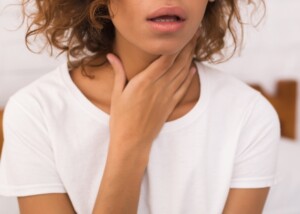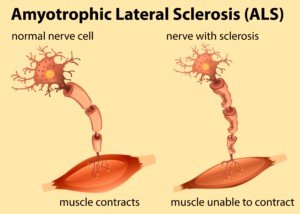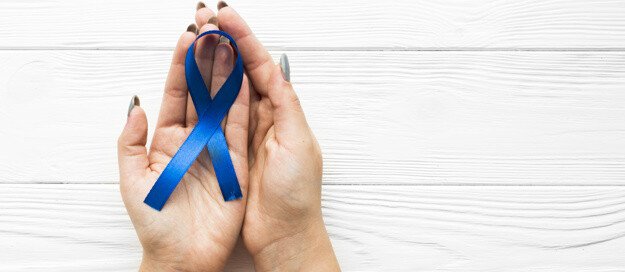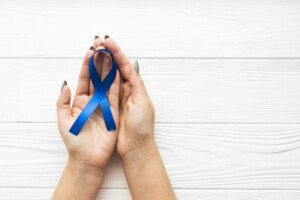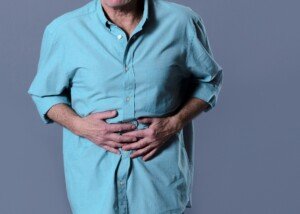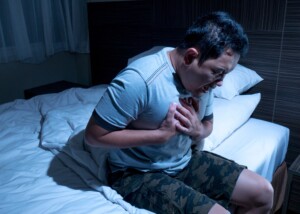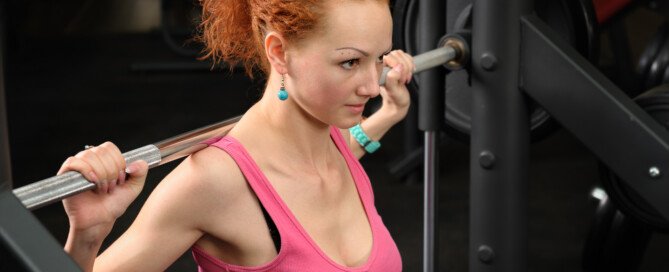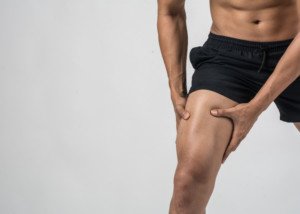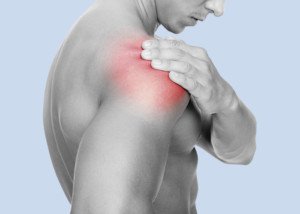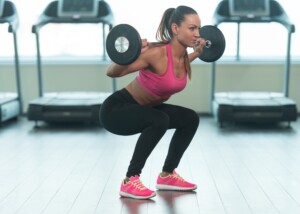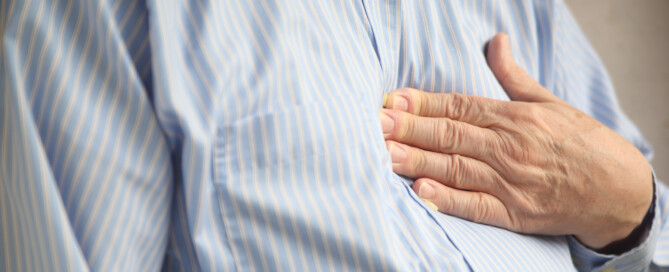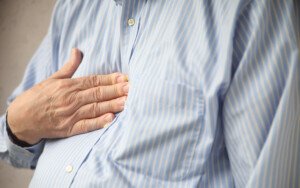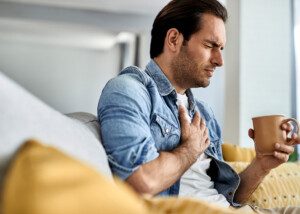How Fast Does Esophageal Cancer Grow After Symptoms Begin?
How long does it take for esophageal cancer symptoms to get severe after the onset of the first symptom? (more…)
Guidelines for Eating the Day Before Thanksgiving & Christmas
If you’re anticipating eating a lot on Thanksgiving or Christmas and want to offset those extra calories the day before, here are guidelines on how to do that.
What if You Don’t Have a Driver for Your Colonoscopy?
Are you fretting because you don’t have a driver for your colonoscopy or other outpatient procedure? Don’t worry; there IS a solution. (more…)
Why Is IBS-D Worse in the Morning?
Have you noticed your irritable bowel syndrome is worse in the morning, that you’re having more diarrhea at that time than at any other time of the day? (more…)
5 Strength Training Exercises for Pregnant Women New to Workouts

Strength training is safe during typical pregnancies.
Here are five resistance exercises that even beginners can safely do while pregnant.
Back to Back Upper Endoscopy & Colonoscopy: Personal Account
Here’s what it’s like to undergo a back to back or combined upper endoscopy with a colonoscopy, a step by step first-person account.
Safer Alternatives to the Behind Neck Military Press
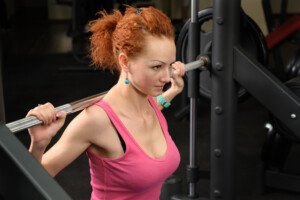
Has the behind neck military press been hurting your shoulders? Here are much safer alternatives that will get you the muscle growth, shape and strength you want.
Can Swallowing a Pill Screen for Barrett’s Esophagus?
Can swallowing a pill with a camera to screen for Barrett’s esophagus replace the standard upper endoscopy?
Top 5 Weight Loss Exercises for Stubborn Postmenopausal Fat
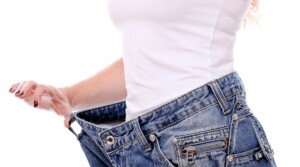
These five exercises are very effective at busting up stubborn postmenopausal fat.
You do not have to keep this fat. It’s yours to LOSE. Even if you’ve failed before.
Having excess fat is no breeze. It can lead to acid reflux, knee pain (especially when exercising), higher cholesterol or blood pressure, and many other ailments.
You do NOT have to accept weight gain as a normal part of menopause or the years after.
One of the biggest mistakes that postmenopausal women make is assuming that duration and continuous movement are the magic elixirs for weight loss.
Good news: Movement does not have to be continuous for 45 minutes. You CAN take rests.
And you don’t have to spend two hours in the gym every day to get rid of even the most stubborn fat.
If you’re practicing portion control with a plant based diet and limiting your consumption of high calorie foods such as pizza, giant burritos, pancakes soaked in syrup, ice cream, cookies, donuts, etc., you should be able to get rid of the rolls in your middle, the chunk in your thighs, and even the fat in your back.
Do the following five exercises to burn excess fat after menopause.
Squat
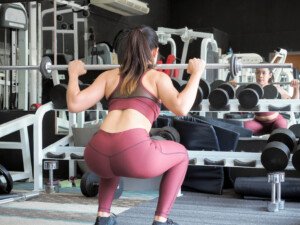
Shutterstock/sarocha wangdee
If you can lower only to where your thighs are parallel to the floor, rather than below that point, that’s still good form.
Deadlift
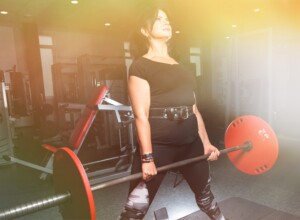
Shutterstock/SerdyukPhotography
Bench Press
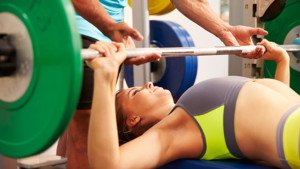
Shutterstock/Monkey Business Images
Leg Press

George Stepanek, CreativeCommons
Lat Pull-Down
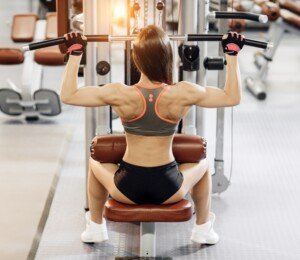
Shutterstovk/sklyareek
The Fat Burning Formula
#1 Eight to 12 repetitions with a weight load that makes a 13th repetition impossible or very difficult.
#2 Sixty to 75 seconds in between each set
#3 Four sets each, with three to four minutes in between each set
#4 Do twice a week
Feel free to add your favorite ancillary exercises such as the seated row, the bent-over dumbbell row and hamstring curl.
Give up the side bends, seated twists, crunch machines and sit-ups.
The squat, deadlift and lat pull-down will work your core when done correctly.
The more muscles you work, the more fat that’s burned for energy. These five exercises work a lot of muscles at once; economy of exercise.
Mistakes that Will Sabotage Your Weight Loss Goal
#1 Failing to adhere to the above formula. When I say that a 13th rep should be impossible or very difficult, I MEAN IT. I also mean 60-75 seconds of rest in between each set of a particular exercise.
Avoid talking or using your phone, as this will lengthen your rest time.
#2 Failing to first learn proper form for the squat, deadlift and lat pull-down, which are among the most commonly done exercises with BAD form.
Proper Lat Pull-Down Technique
One final note: Keep doing your cardio, but consider a more effective form called high intensity interval training (HIIT).
 Lorra Garrick is a former personal trainer certified through the American Council on Exercise. At Bally Total Fitness she trained women and men of all ages for fat loss, muscle building, fitness and improved health.
Lorra Garrick is a former personal trainer certified through the American Council on Exercise. At Bally Total Fitness she trained women and men of all ages for fat loss, muscle building, fitness and improved health.
.





